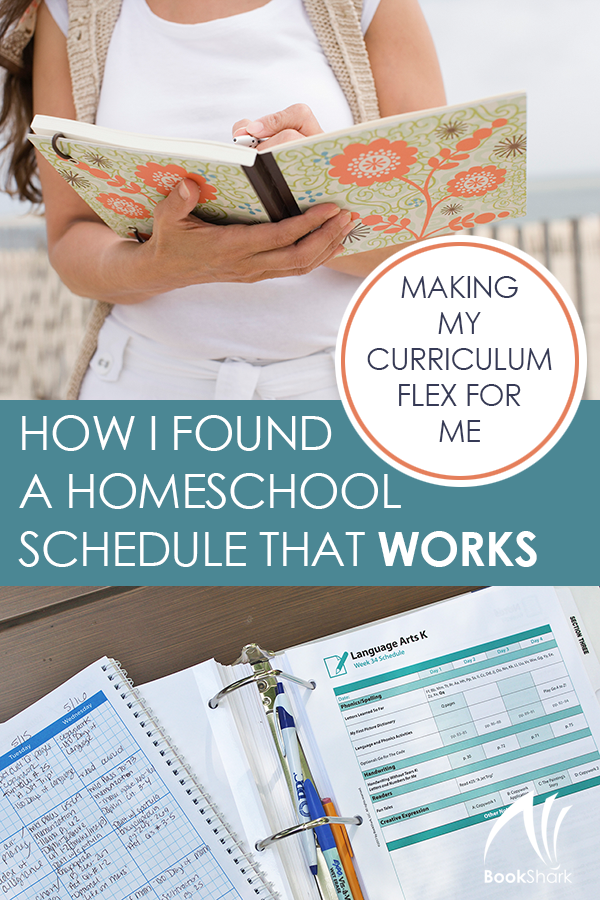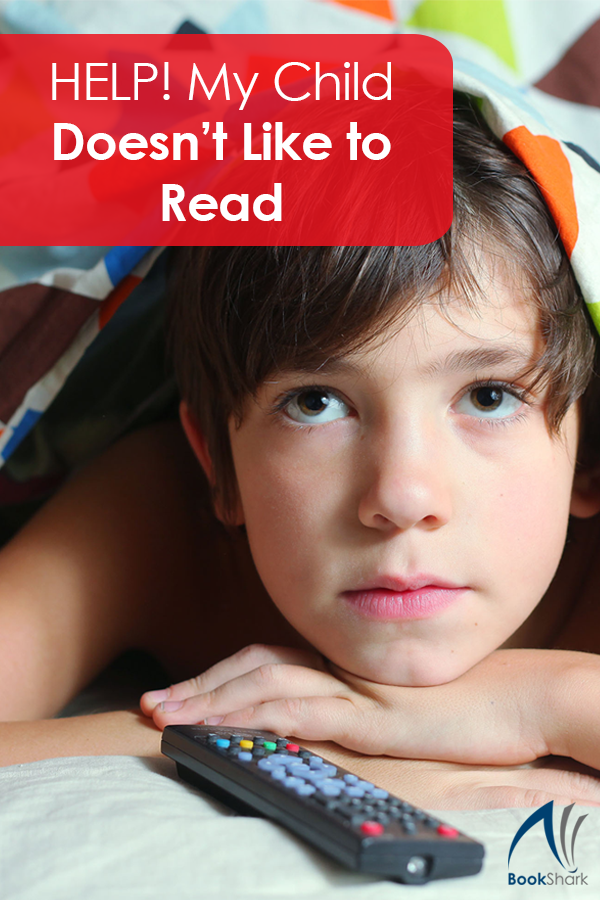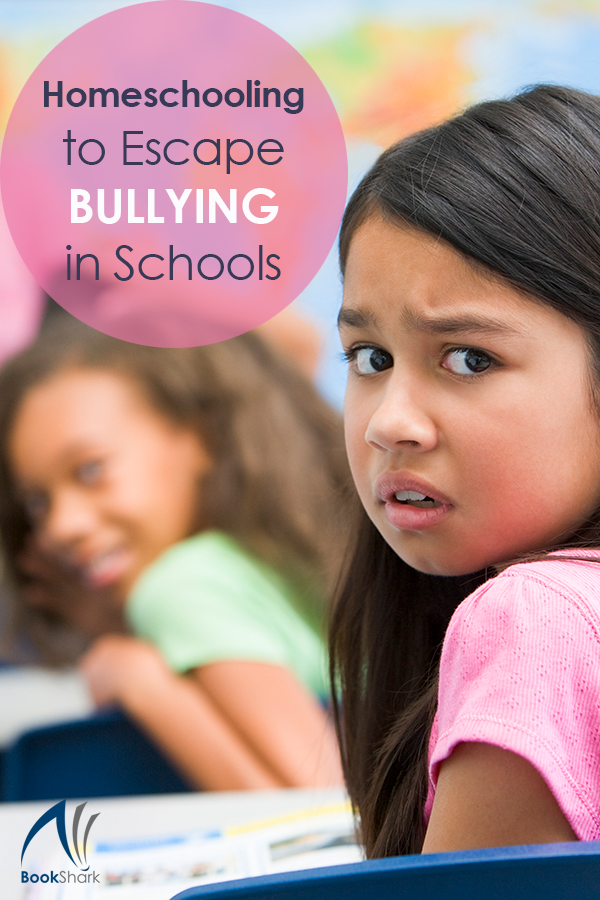We have just started our fifth year of homeschooling with BookShark and have changed our schedule through the years to fit various stages of our life. I’ve learned to make my curriculum flex for me and my kids while also trusting it to lay a solid academic foundation. I know that BookShark doesn’t need extra dressing up beyond a healthy layer of real-life exploration. But how I arrange the lessons is up to me!
The BookShark Instructor’s Guides offer an easy-to-understand four-day schedule that shows me precisely what to cover in each subject each day—what to read, what to talk about, what words to learn, what timeline figures to place in the Timeline Book, what locations to mark on the Markable Map, what Science activities to do, etc. It’s a relief to have a base to work from! I don’t have to spend energy planning lessons.
Sticking to My Instructor’s Guide… or Not
Sticking to the schedule benefits my kids since the subjects are so often intertwined. I find we get an an even richer learning experience when we work through the Instructor’s Guide as planned. For example, currently our Science, History, and Readers are all set in a relatively close time period, allowing us to dive deep into the mind-set of early American days. Keeping with the same time period means that the bulk of our lessons all relate back and forth with each other.
While staying with the schedule is my preferred method, we have frequently found ourselves in a groove and excited to continue a History lesson to the point we may get several days ahead. Most days we want to work on all subjects, and other days we may power through an entire week of Science in one sitting. We can do that! I let the curriculum flex for me!
We choose to homeschool because it offered our family the greatest flexibility in our school schedule. Even when our schedule may look different from one week to the next, BookShark has worked well with our changes.
Homeschooling with a Four-day Schedule
BookShark’s four-day schedule gives our family the opportunity to enjoy an extra family day or a learning day without books. We enjoy museums and will frequently use our extra day off as a field trip day to learn more with hands-on activities at a children’s science museum or an early American homestead.
We have also used our extra day off to do more in-depth studying of things that interest us at the time. Robotics, foreign language, and crafts frequently fill our fifth day.
The four-day schedule is a great choice for families who want to enjoy a three-day weekend or who elect one day a week for field trips, extra-curricular activities, or homeschool co-op.
Using the Fifth Day for Rabbit Holes

We generally plan for a four-day week, but homeschooling has allowed us the opportunity to jump down the many rabbit holes that come about with learning. We can take our four-day schedule and spread it over five days. This means we may start out talking about an early American family’s water well and then start learning about the water table and finally study the water cycle. We might begin a lesson on the ocean and end up spending an hour with our map discussing geography. I don’t plan these rabbit hole days, but I always welcome them and love that we can adjust our schedule and not stress about getting back on track.
Stretching a four-day schedule into five days gives us more time to spend on each subject and encourages more in-depth learning on subjects our family is interested in.
Keeping a Traditional School Schedule
Following a local school’s schedule can be important for many families. It is a great way to keep on track with your school year and still get plenty of breaks during the year. When we began our first year homeschooling, we went this route and it worked well for us then. We had plenty of breaks and certainly plenty of days for learning, too.
Choosing Year-round Schooling
We currently choose to homeschool year-round. Although we do take a significant number of days off in the summer, I’ve found it works better for our family if we do not take two whole months off school. During the summer, we take more field trips since our local museums, libraries, and parks have great summer programs, packed full of learning opportunities.
Our family loves to travel, so year-round schooling lets us do school while others are out on break. This means we can take our breaks during the school year in the off-season. Traveling while others are in school means the beaches are less crowded, the airfare is reduced, and the hotels are more affordable. Win-win!
Year round schooling is a great option to avoid summer boredom while providing room for more breaks throughout the year.
I found a homeschool schedule that works for me by being flexible and making changes when needed. Being willing to try new routines has helped me find my homeschool groove. Now I’m confident in my choices and know that I can change my schedule each year if I need to!o turn your non-reader into a reader. Some readers bloom later than others! And your investment may pay off in years to come.

About the Author
Pamela Gann lives in Alabama with her husband and two kids where they love doing science experiments. They began their homeschool journey back in 2013 and have used BookShark Levels K -4. Pam is a former flight attendant and is married to a pilot, so traveling is not just their passion—it is their livelihood. She blogs about their homeschool and family travel journey at PamGann. Homeschooling for their family takes place on planes, in cars, and most often outside under a shade tree.








